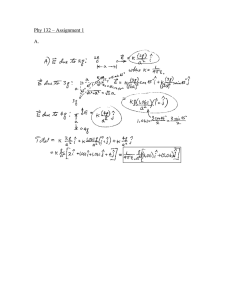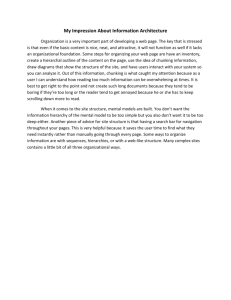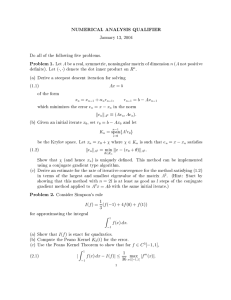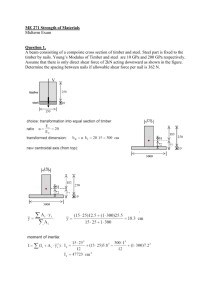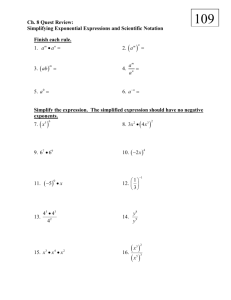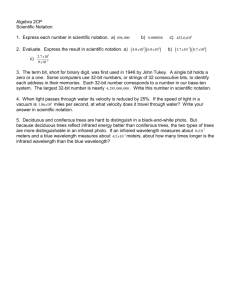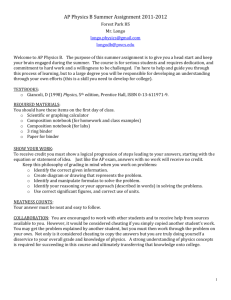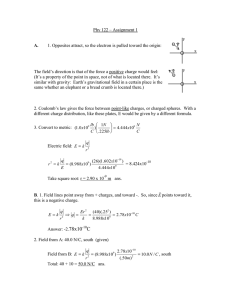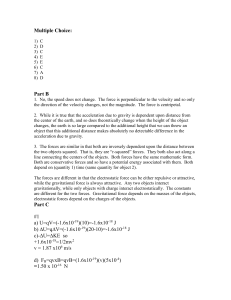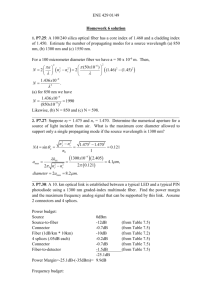The grid method of multiplication
advertisement
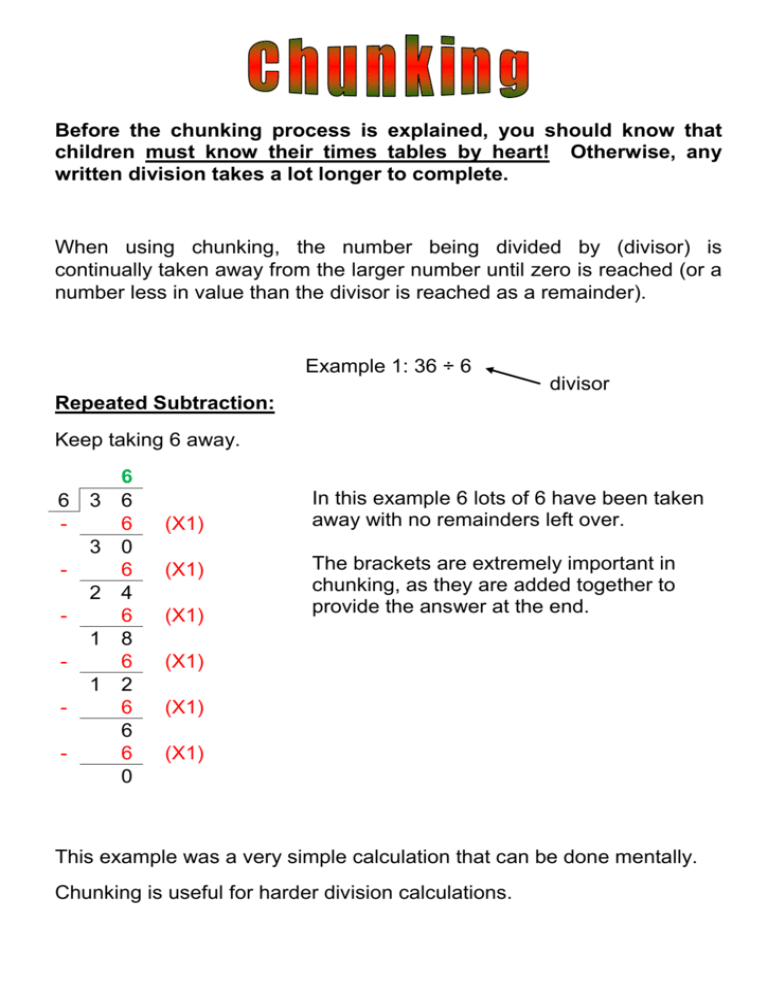
Before the chunking process is explained, you should know that children must know their times tables by heart! Otherwise, any written division takes a lot longer to complete. When using chunking, the number being divided by (divisor) is continually taken away from the larger number until zero is reached (or a number less in value than the divisor is reached as a remainder). Example 1: 36 ÷ 6 divisor Repeated Subtraction: Keep taking 6 away. 6 3 3 2 1 1 - 6 6 6 0 6 4 6 8 6 2 6 6 6 0 (X1) (X1) (X1) In this example 6 lots of 6 have been taken away with no remainders left over. The brackets are extremely important in chunking, as they are added together to provide the answer at the end. (X1) (X1) (X1) This example was a very simple calculation that can be done mentally. Chunking is useful for harder division calculations. Using x10 When using chunking with more challenging calculations, multiplying the divisor by 10 is useful. Example 2: 362 ÷ 14 1 4 - 3 1 1 2 - 1 - 2 6 4 1 2 4 8 7 1 5 r 12 2 0 (x10) 2 0 (x10) 2 0 (x5) 2 In this example 25 lots of 14 have been taken away with 12 as a remainder. Example 3: 678 ÷ 18 1 8 - 5 6 1 4 - 1 2 3 - 1 1 - 1 - 4 1 7 8 9 8 11 4 7 4 3 3 2 r2 8 0 (x10) 8 0 (x10) 8 0 (x10) 8 0 (x10) 8 6 (x2) 2 In this example 42 lots of 18 have been taken away with 2 as a remainder. Always remember to put the brackets in, for they make up the answer to the calculation!

